Author: Phil Rusher
One of the most important factors when it comes to making consistently high quality beer is yeast health, which includes two primary components, one being viability. Viability refers to the number of living cells in a given population of yeast, and it’s what brewers focused on pitch rates are largely concerned with. The most popular method for ensuring good viability involves making a yeast starter a couple days before brewing, allowing the yeast to go through the log phase where cell multiplication occurs. As yeast ages, cells die and thus viability is reduced, hence the recommendation to use yeast as fresh as possible.
The other component of yeast health is vitality, which has nothing to do with cell counts, but rather is an indicator of yeasts metabolic activity. To put it simply, vitality is a measure of yeasts readiness to ferment. One way to ensure high yeast vitality is to use what’s come to be known as a vitality starter, which involves pitching yeast into a relatively small amount of wort and allowing it spin on a stir plate for approximately 4 hours prior to pitching.
There’s no denying that both viability and vitality are important, and that the best results will be had when both are high. With past xBmts suggesting beers pitched with yeast of high vitality can be of similar quality as beers fermented with highly viable yeast, I began to wonder about the role yeast freshness plays and designed an xBmt to test it out!
| PURPOSE |
To evaluate the differences between a beer fermented with fresh yeast and the same beer fermented with old yeast when vitality starters are used.
| METHODS |
I went with a relatively simple Pale Ale for this xBmt and opted to use a yeast strain said to be somewhat characterful though still appropriate for American styles.
Overton
Recipe Details
| Batch Size | Boil Time | IBU | SRM | Est. OG | Est. FG | ABV |
|---|---|---|---|---|---|---|
| 5.5 gal | 60 min | 44.9 IBUs | 6.9 SRM | 1.057 | 1.013 | 5.8 % |
| Actuals | 1.057 | 1.01 | 6.2 % | |||
Fermentables
| Name | Amount | % |
|---|---|---|
| Mecca Grade Lamonta: Pale American Barley Malt | 8 lbs | 72.73 |
| Mecca Grade Metolius: Munich-style Barley Malt | 1.75 lbs | 15.91 |
| Mecca Grade Rimrock Vienna-style Rye Malt | 1 lbs | 9.09 |
| Mecca Grade Opal 44: Toasted Toffee Barley Malt | 4 oz | 2.27 |
Hops
| Name | Amount | Time | Use | Form | Alpha % |
|---|---|---|---|---|---|
| Hallertau Magnum | 14 g | 60 min | Boil | Pellet | 11 |
| Equinox (HBC 366) | 10 g | 20 min | Boil | Pellet | 12.9 |
| Loral | 10 g | 20 min | Boil | Pellet | 10.5 |
| Equinox (HBC 366) | 14 g | 10 min | Boil | Pellet | 12.9 |
| Loral | 14 g | 10 min | Boil | Pellet | 10.5 |
Yeast
| Name | Lab | Attenuation | Temperature |
|---|---|---|---|
| Joystick (A18) | Imperial Yeast | 75% | 60°F - 70°F |
Notes
| Water Profile: Ca 156 | Mg 0 | Na 25 | SO4 156 | Cl 63 |
Download
| Download this recipe's BeerXML file |
In September 2018, I received a pouch of Imperial Yeast A18 Joystick that was manufactured on August 8, 2018 and stowed it away in my refrigerator; in April 2019, I received another pouch of the same yeast that was manufactured on March 19, 2019. By brew day the first week of May, the yeasts were 9 months and 2 months old, respectively, for an age difference of approximately 7 months.
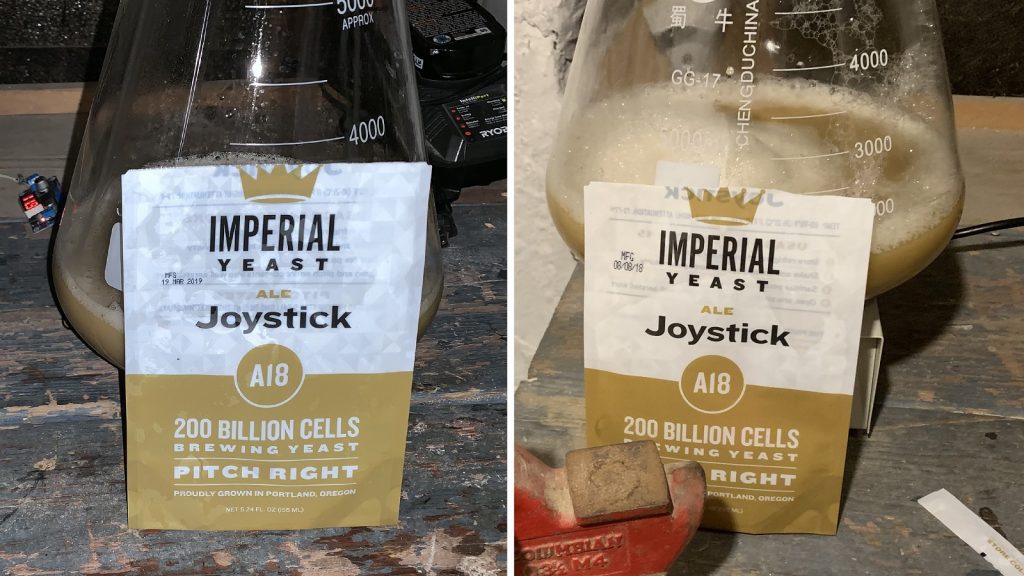
A few days prior to brewing, I collected the proper volume of RO water.
After adjusting the water with minerals to my desired water profile, I hit the flame to heat it up then proceeded to weigh out and mill the grain.
With the water sufficiently heated, I added the crushed grain then checked to ensure it hit my target mash temperature.
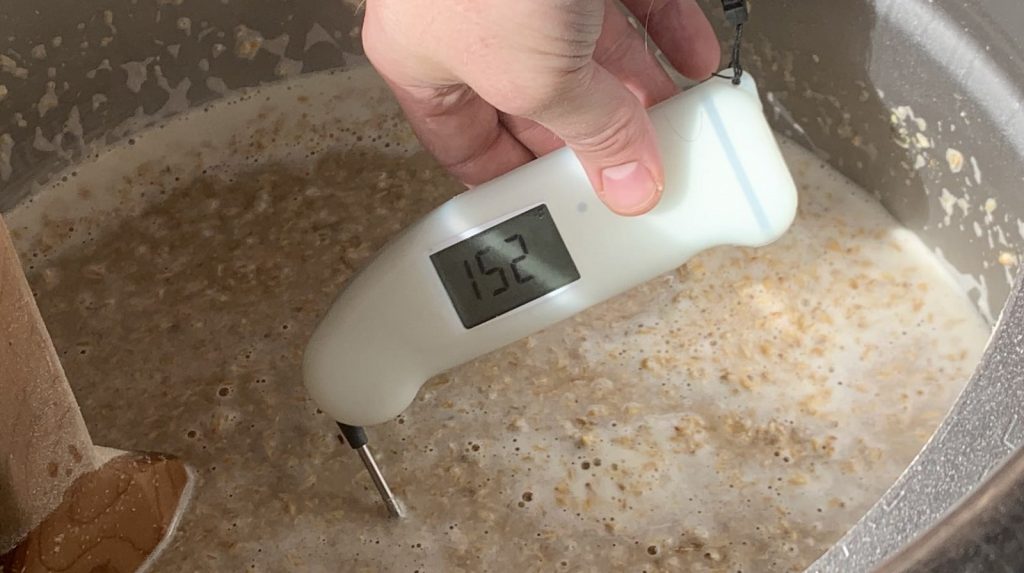
During the mash, I prepared the kettle hop additions.
When the 60 minute mash rest was complete, I collected the sweet wort in my boil kettle.
I placed the filled kettle on my burner, lit the flame, and tossed in the first wort hop addition. The wort was then boiled for 60 minutes with hops added as stated in the recipe.
At the end of the boil, I chilled the wort then took a refractometer reading indicating my target OG was hit.
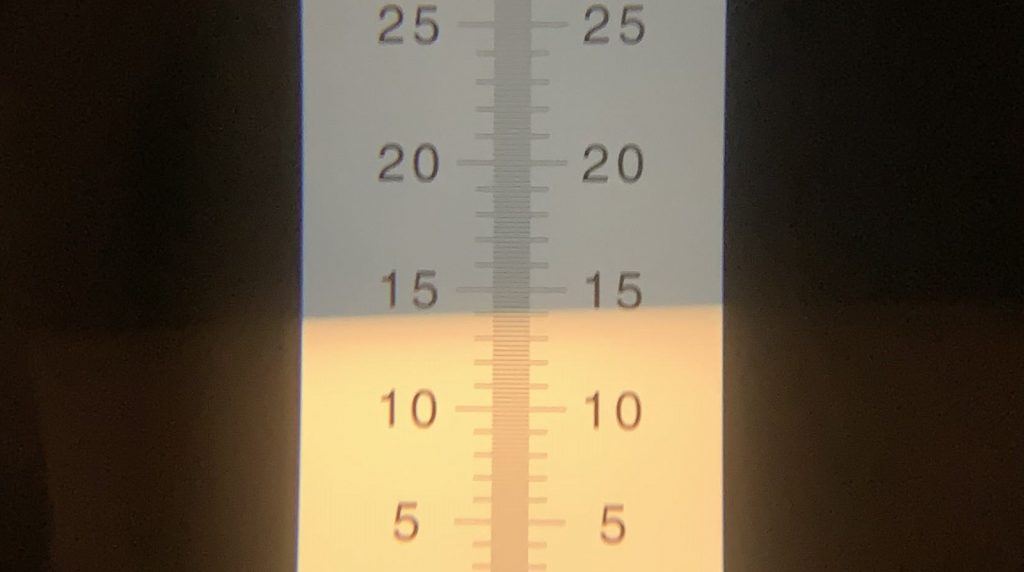
Next, identical volumes of wort were racked to Brew Buckets.
At this point, I transferred 500 mL of wort from each batch to separate sanitized flasks, pitched the old yeast into one and the fresh yeast into the other, then placed them on stir plates.
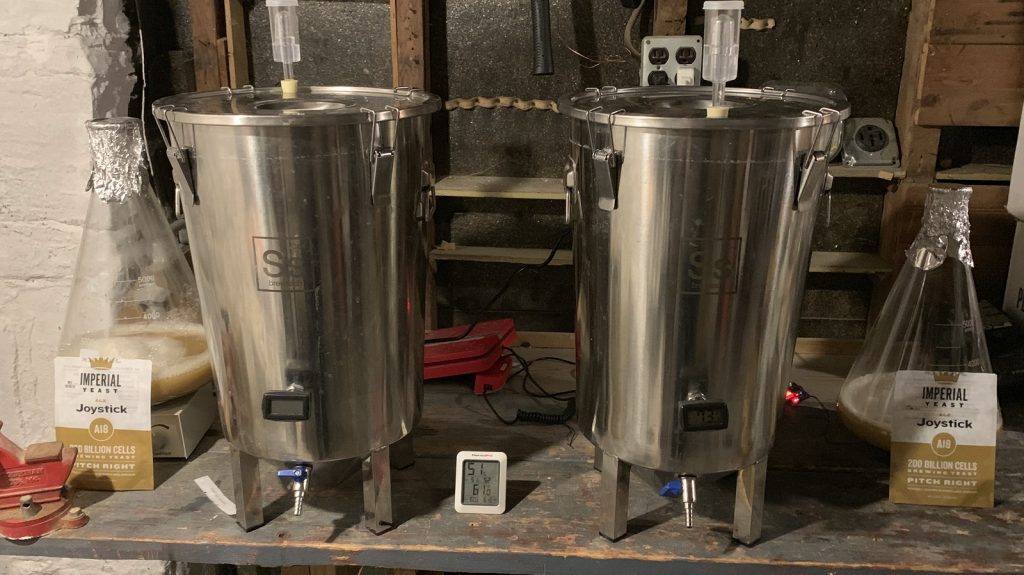
The wort was then placed in my chamber and allowed to chill for 4 hours while the starters spun, after which they were both at my desired fermentation temperature of 65°F/18°C. The vitality starters were pitched. I noticed airlock activity from the fresh yeast batch after just 6 hours, though the batch pitched with old yeast was showing signs of activity just 12 hours after pitching. After 5 days, it appeared fermentation had finished for both beers, so I began taking hydrometer measurements that indicated the beer fermented with fresh yeast finished 0.001 SG point lower than the one fermented with old yeast.
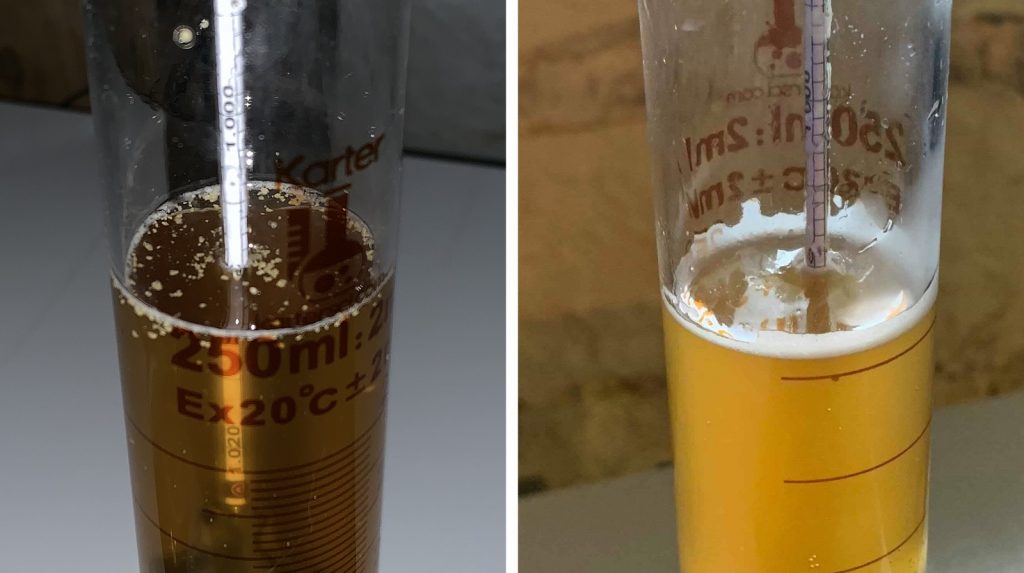
The beers were transferred to sanitized kegs and burst carbonated in my keezer. I opted against fining with gelatin in order to demonstrate any impact yeast age has on clarity. Following 2 weeks of cold conditioning, the beers were ready to serve to participants.
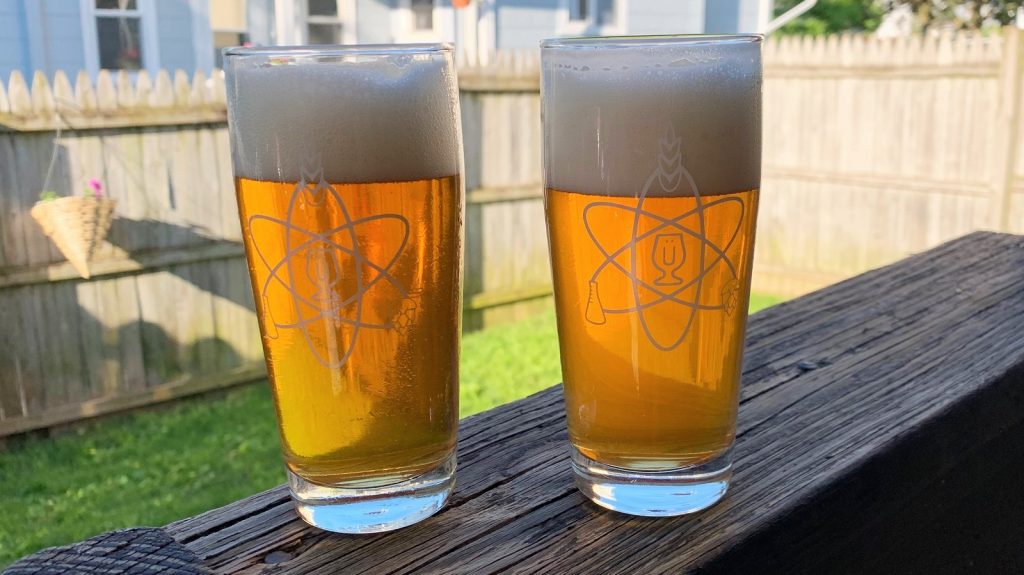
| RESULTS |
A total of 47 people of varying levels of experience participated in this xBmt. Each participant was served 1 sample of the beer pitched with a vitality starter of fresh yeast and 2 samples of the beer pitched with a vitality starter of old yeast in different colored opaque cups then asked to identify the unique sample. While 22 tasters (p<0.05) would have had to identify the unique sample in order to reach statistical significance, only 18 (p=0.28) made the accurate selection, indicating participants in this xBmt could not reliably distinguish a Pale Ale fermented with 9 month old yeast from one fermented with 2 month old yeast when vitality starters were used.
My Impressions: Out of the 7 triangle tests I attempted, I chose the odd-beer-out 6 times. While both beers tasted good and shared similar malt flavors, I perceived a bright hop character and mild fruity esters in the beer fermented with fresh yeast while the hops were slightly muted and the ester character was stronger in the version made with older yeast.
| DISCUSSION |
A ubiquitous adage among brewers is that brewers make wort and yeast make beer, which is technically accurate, as yeast transforms the sugars in wort into ethanol, carbon dioxide, and other compounds. To that end, it’s fair to say yeast deserves close consideration when producing beer, ensuring it has the requisite health to perform its job right. Viability has long been a concern of the yeast conscious, but the idea of improving vitality only recently seems to have gained some popularity, with brewers spinning up relatively small starters that get pitched just a few hours later. The fact tasters in this xBmt were unable to tell apart beers fermented with either 9 month old or 2 month old yeast when a vitality starter was used for both suggests increased vitality may help to compensate for a lack in viability.
These results seem promising on the surface, particularly for those who may have waited a bit too long to use a pitch of yeast. Indeed, there are many anecdotal reports from brewers who say that improving yeast vitality led to positive outcomes, which the findings from this xBmt support. However, there were some objectively measurable differences between the batches, such as the increased lag time in the batch pitched with old yeast. Additionally, the beer fermented with fresh yeast was noticeably clearer, something that may or may not matter depending on personal preferences.
I’m not sure whether it was bias, a sensitivity to something others didn’t perceive, or a mix of both, but I felt the beers in this xBmt were perceptibly different. Thankfully, neither tasted bad, but given how similar I treated both, I’m compelled to believe the differences I perceived were more likely a function of yeast health than something else. I’ve used vitality starters numerous times, they’re a great tool that allow brewers to quickly and easily improve yeast health. That said, if I’m concerned about a pouch of yeast that’s a bit too old, I won’t hesitate to propagate in a standard starter to improve viability.
If you have any thoughts about this xBmt, please do not hesitate to share in the comments section below!
Support Brülosophy In Style!
All designs are available in various colors and sizes on Amazon!
Follow Brülosophy on:
FACEBOOK | TWITTER | INSTAGRAM
If you enjoy this stuff and feel compelled to support Brulosophy.com, please check out the Support page for details on how you can very easily do so. Thanks!


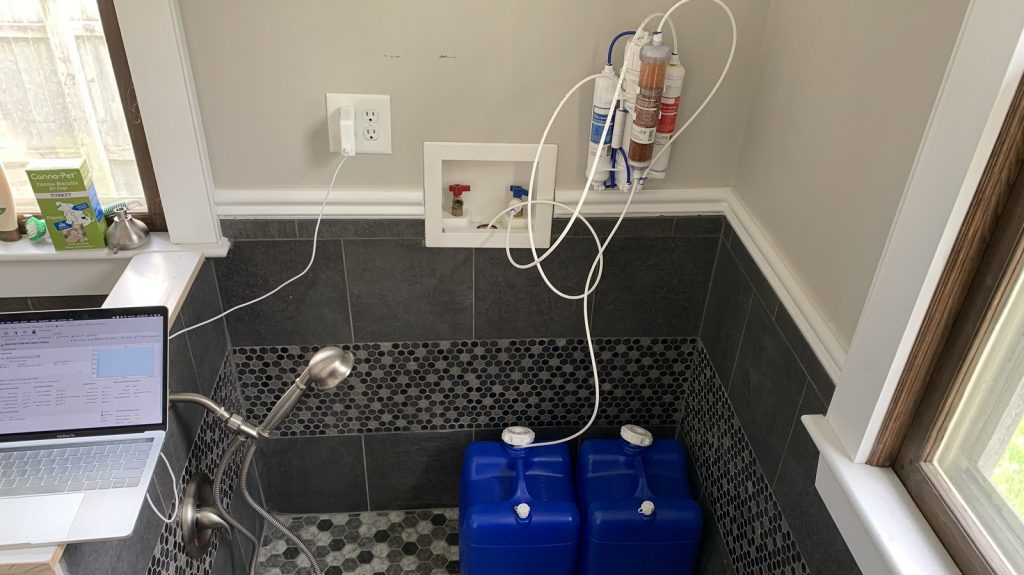
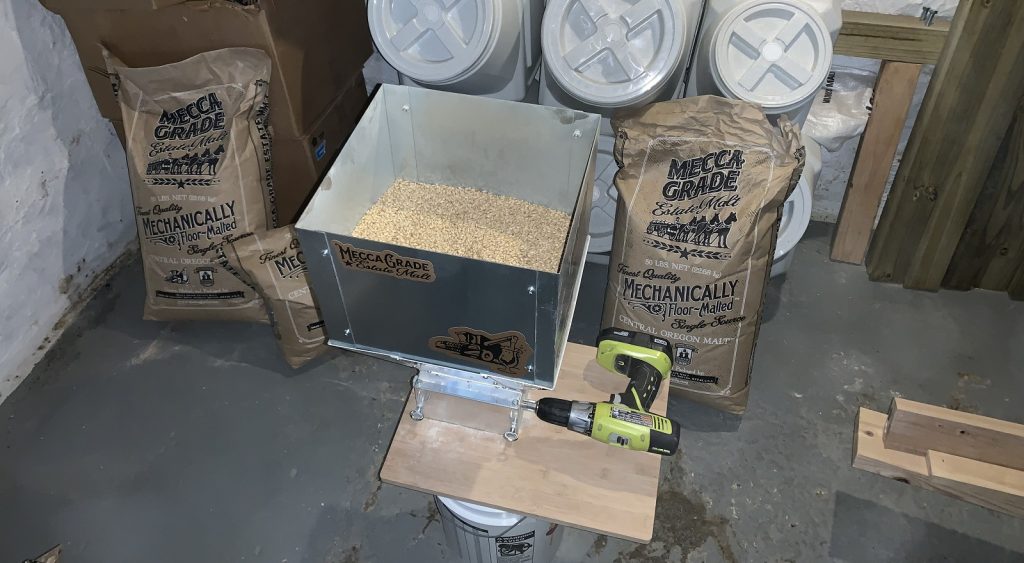
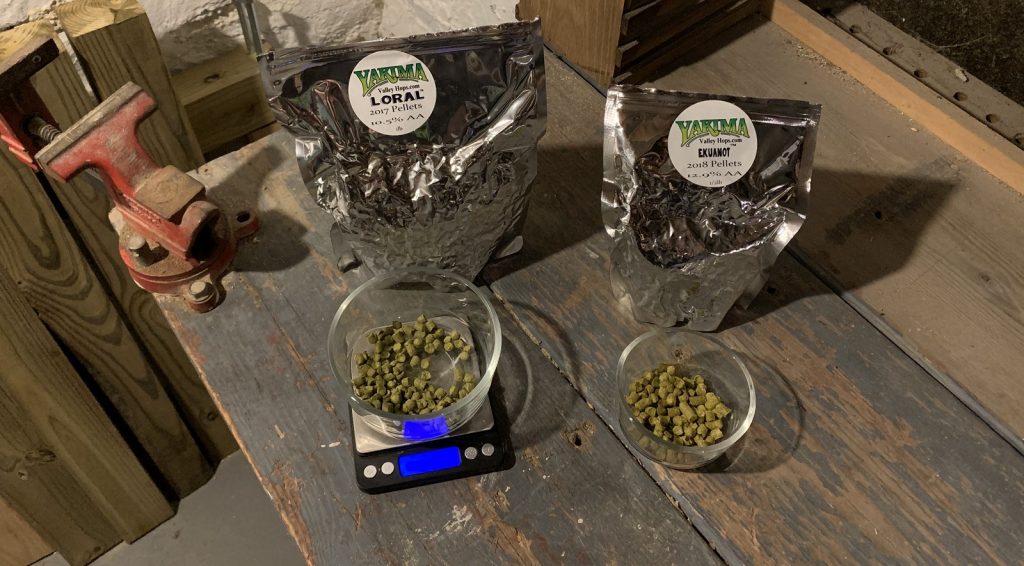
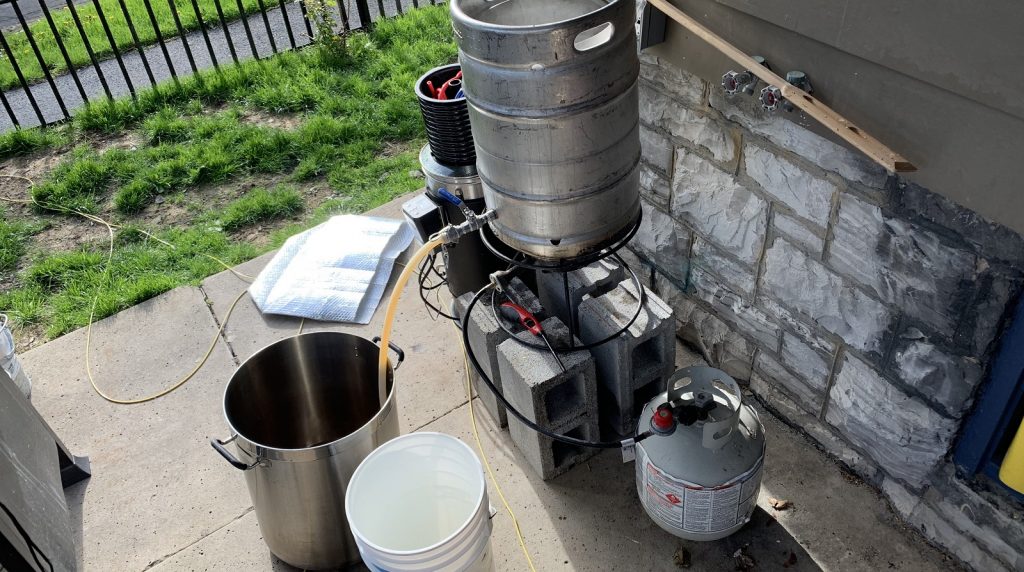
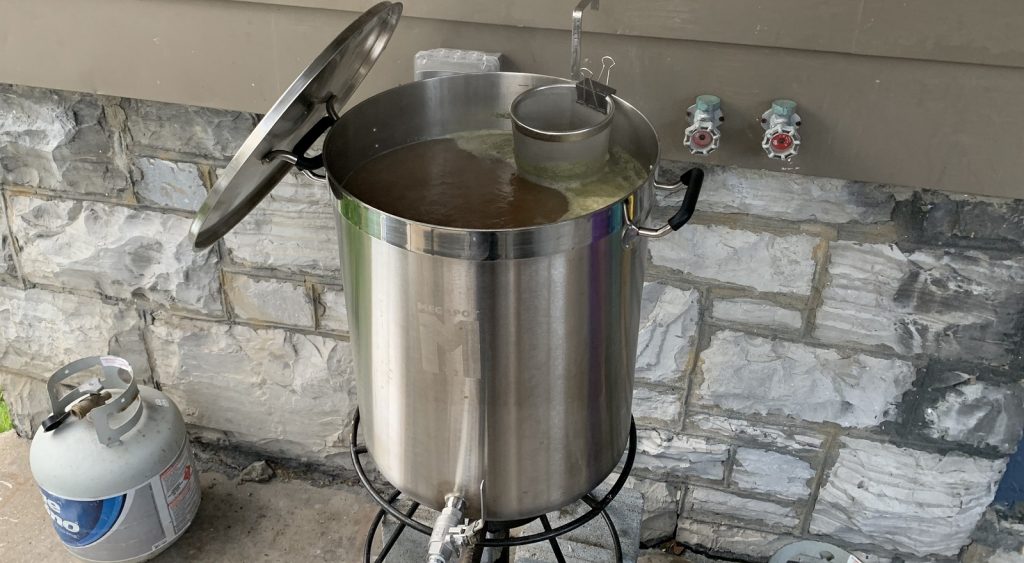
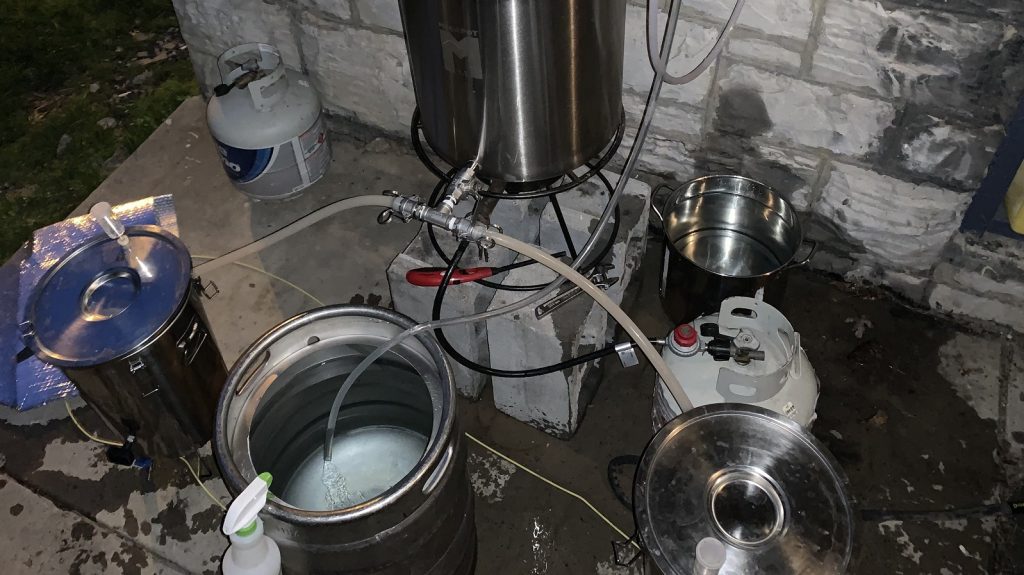










27 thoughts on “exBEERiment | Impact A Vitality Starter Of Old Yeast Has On American Pale Ale”
This experiment compared using 2 month old yeast with using 9 month old yeast. It did not evaluate the effect of a vitality starter at all!
Both samples were exactly the same with respect to the use of a vitality starter, so the effect of that starter was not isolated.
Phil, you could have used yeast of the same age, and made a vitality starter for half the wort and no starter for the other half. Then, your ‘independent variable’ would be the vitality starter.
The experiment seems consistent with the stated purpose, I think it’s just the title to be reversed: it seems to me the experiment is investigating the impact of old yeast when using a vitality starter, not the other way around.
“To evaluate the differences between a beer fermented with fresh yeast and the same beer fermented with old yeast ” Vitality starter wasn’t the variable,\.
I don’t think we ever said that the vitality starter was the independent variable here. The yeast age is exactly what is in question.
Your title mentions the impact of a vitality starter on old yeast, but you experiment with old and fresh yeast, and no conclusion can be made about the impact of a vitality starter.
If you followed this up with another experiment where you did everything the same except didn’t make vitality starters for either sample, and tasters were able to differentiate the beers, THEN you could conclude that vitality starters are effective.
Old yeast is mentioned in the title because that’s what we’re testing by way of vitality starter. That being the case, the control for an experiment testing that out would be….you guessed it! Fresh yeast by way of vitality starter.
What I am not understanding is why this is related to a starter any more than it relates to your use of specific hops or specific fermentation temp or specific specialty grains, etc.
What am I missing here?
The title does say “impact” of a vitality starter on old yeast.
The appropriate experiment (at least to justify that title) would have been using two old yeast packs (same age), one direct pitched and the other with a vitality starter.
Maybe the title was picked by your editor, but as written it doesn’t fit with the rest of your article.
If I understand correctly, in the experiment done the independent variable being manipulated is yeast viability, the dependent variable is the resulting beer, and vitality is just a controlled variable because of the vitality starter (the underlying assumption here is the vitality starter gives the same vitality to both starters).
Therefore the experiment must be evaluating the impact of old yeast when using a vitality starter, while the title suggests the other way around. That would be a different experiment (actually the one described by @isomerization).
If you assume that the 9 month old yeast has significantly more dead yeast cells than the 2 month old one, then the title is correct. As his starters don’t give enough time to grow the yeast population, he is pitching two different amounts of ‘Vital’ yeast.
I don’t see how that makes the title correct. By pitching two yeast with different viability and using a vitality starter on both, he’s testing the impact of old yeast when using a vitality starter, not the impact of vitality starters when using old yeast as the title suggests.
Luca, why do you assume the vitality starter is the thing that is impacting the beer? If we did the same exact experiment and re-titled it “The impact of Toasted Toffee Barley Malt when using old yeast”, then, by your logic, wouldn’t the experiment now be testing the effect of a particular malt?
Or let’s write a new introduction touting the importance of ferm temp and then do the same exact experiment. Could we call it “The impact of ferm temp when using old yeast”?
Pardon me, I mis-addressed my question– it was more for Peter Krogh, less for Luca (though I welcome anyone’s response). Thank you!
Agree with @Lee, this is a good design assuming you are 100% committed to using a vitality starter, and want to see the effect of yeast age, Much more interesting is the most common use case – you have relatively fresh yeast (e.g., < 60 days old), and a decent starting volume (e.g., a packet of Imperial), should I use a starter of any kind or just direct pitch?
I used to go through the whole starter process but have lately decided that if it's fresh, I direct pitch and save myself a few extra steps. Do I get good results? Without a control it's hard to say for sure. And if there ever is an experiment of this kind I'd ask that it be a real pressure test of yeast – a lager fermented @ 50F or so. That's where you'll really see the impact.
timely! I brewed a batch of beer with an old packet of WLP 940 mfg 092918 Best By: 032819, I pitched on 072119. I used a starter / vitality started. The yeast was slow to get going in the starter and also slow to get going in the beer- hopefully it turns out as well as your exbeeriment
“I’m not sure whether it was bias, a sensitivity to something others didn’t perceive, or a mix of both, but I felt the beers in this xBmt were perceptibly different.” Being that you knew the variable, bias is a hell of a thing!
Totally!!
The fresh yeast beer looks more bright/clear than the one on the right.
Can you demonstrate that the 2 month and 9 month yeasts would produce perceivable differences without a vitality starter? Jake couldn’t… https://brulosophy.com/2019/06/03/the-impact-of-yeast-freshness-when-direct-pitching-exbeeriment-results/
Jake is a cool dude I’ve heard, but I think he only compared four month old yeast to one month old direct pitched
Jury’s still out on the cool dude status!
Hey Phil, I thought this was a well thought out xbrmt. I think this xbrmt provided some nice observable differences in the old and newer yeast although not achieving significance. Thus enabling brewers to make a better informed decision on when to maybe use a vitality starter vs a standard propagation starter. Cheers 🍻
Thanks homie!
Hey guys this is a cool experiment but it took me a while to figure out what exactly you where testing because it doesn’t say anywhere in the method that you made a vitality starter for each packet of yeast. Just some feedback for the science writing. I read the intro and then read the first part of the method about 10 times thinking I missed something, figured it out from the picture and title.
Otherwise i like the experiment, just looking at those beers is enough to convince me to make a proper starter for old yeast.
An interesting experiment, but I’m not sure under any circumstances anyone would choose to use 9 month old yeast.
On the contrary, I have used at least 9 mnths yeast several times. Usually they’re fine to use if making a starter.
Only one that didn’t show any signs of life in a starter was a pack of 14mnths old wlp001.
Agreed, anyone harvesting from overbuilt starters has likely used 9+ month yeast before.